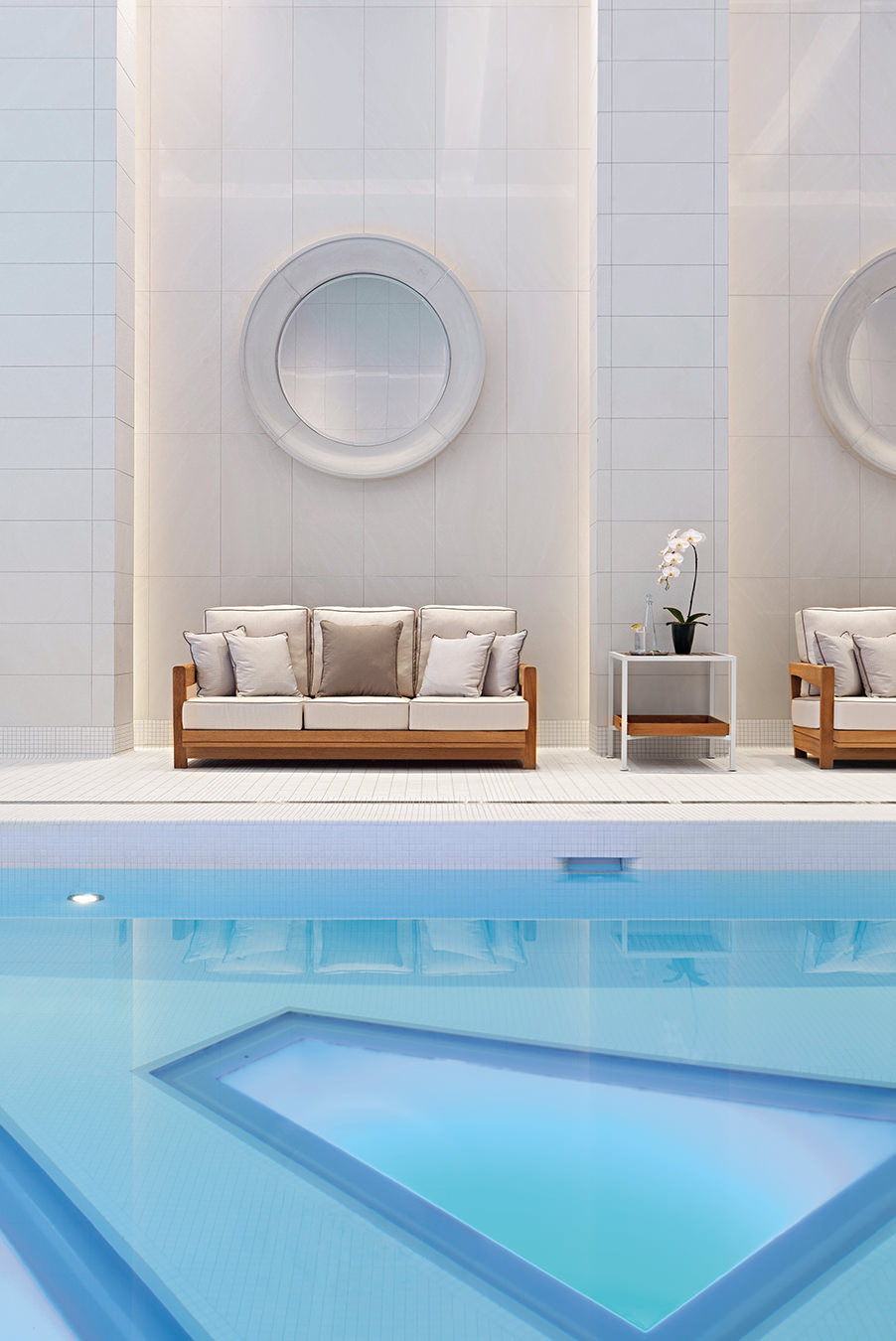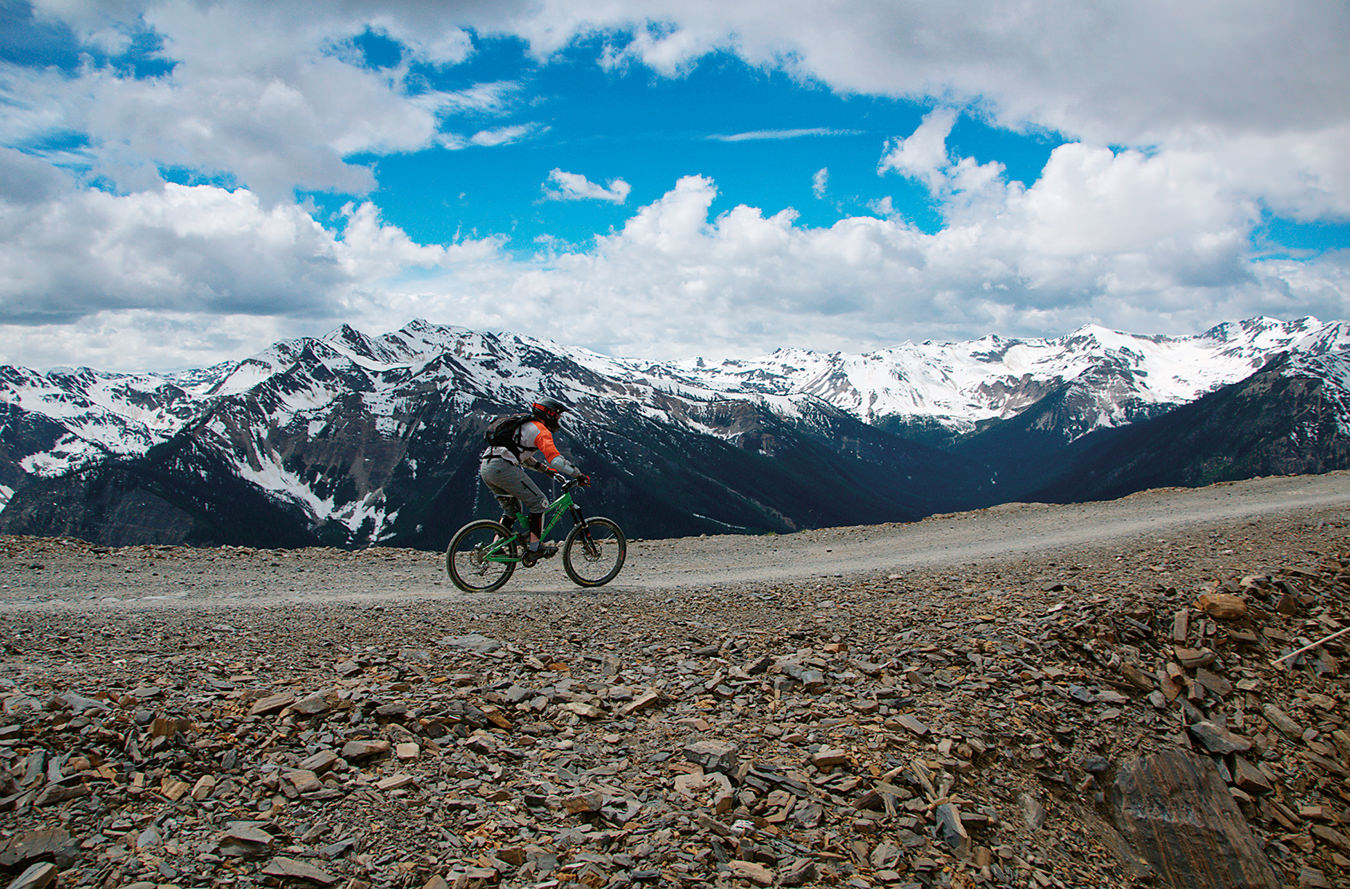Summer in the Sky
Whistler Blackcomb is not just for winter.
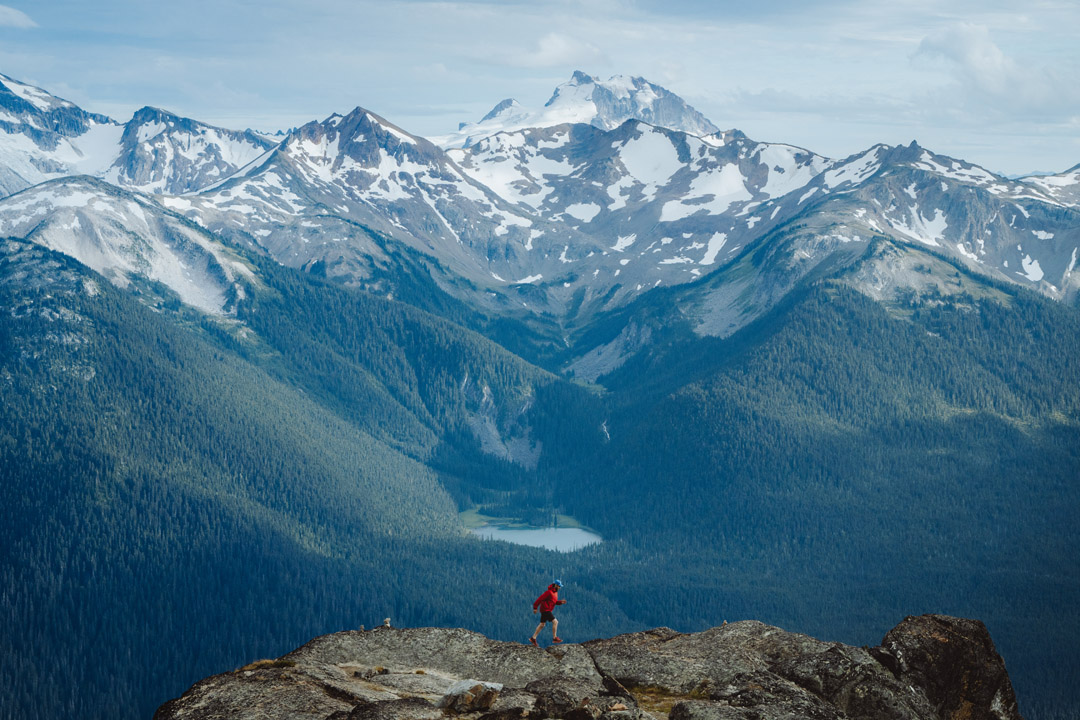
In many places where there are mountains, and with them striking mountain scenery, you will inevitably hear that the landscape was created by glaciers. The scenery we know and love is what’s left behind by the glaciers when they depart. And just as the retreat of Ice Age glaciers leaves a paradise of peaks and valleys and rivers, so does the yearly departing of the winter snowpack unveil a summer mountain playground. In British Columbia, and around the world, Whistler Blackcomb’s ski hills play host to new and returning visitors every winter from all corners of the globe. But winter can’t last forever, and Whistler comes alive again when the snow melts.
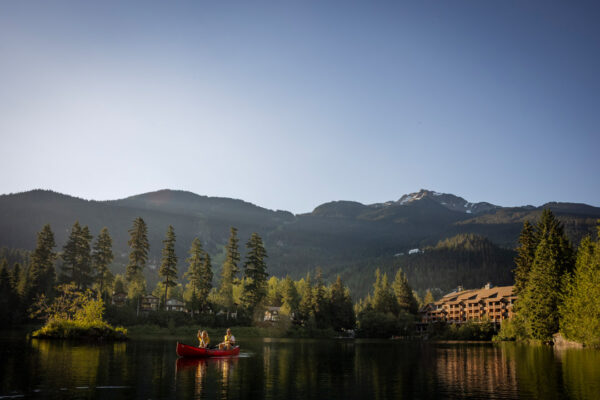
Base Camp
The first place to start climbing a mountain is at the bottom, and any excursion in Whistler will start in the village, which is a couple of hours from Vancouver by car. A visit to the nearby lakes is always an attractive option on the first day of a trip. Lost Lake is popular with locals and visitors, and connected to the village by a shared bike and walking trail through the forest. Casting your gaze a little farther, Green Lake gets its name from the vibrant colour of the water, caused by the glacial till its feeder streams carry down from the mountains. If you want to get active without putting in too many steps, rent a bike and cycle out to the slightly more secluded Rainbow Lake for the day.
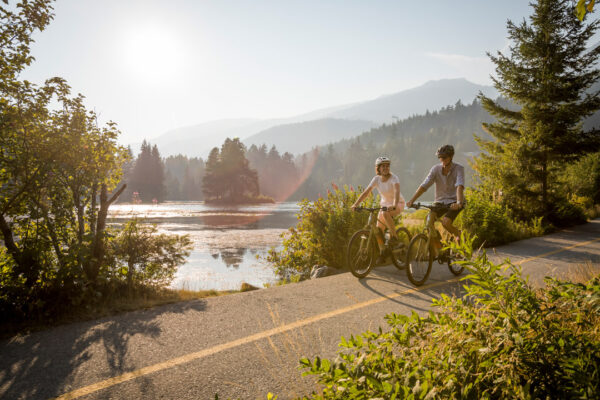
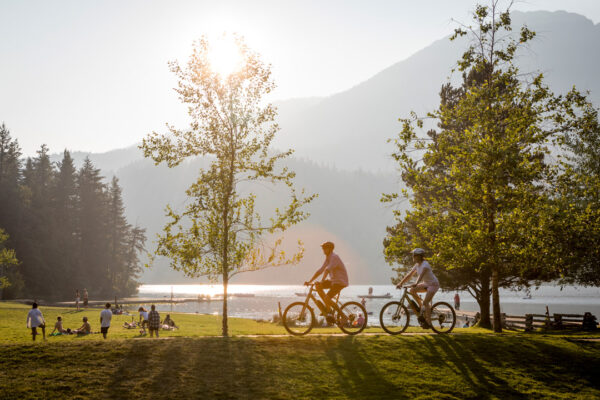
Sunshine is no guarantee in British Columbia. If the weather does turn, head to the Squamish Lil’wat Cultural Centre. The facility, an architecturally modern take on the traditional dwellings of both the Squamish and Lil’wat Nations and which has the Authentic Indigenous designation from Indigenous Tourism BC, educates visitors about the culture and practices of the people who lived on the land long before anyone had thought of a modern ski resort. From the cultural centre, follow a short trail that takes you over a covered bridge spanning the milky Fitzsimmons Creek to the Audain Art Museum, home to nearly 200 works of British Columbian art from the 18th century to the current day.
When your sightseeing is done, stroll through the car-free village and watch mountain bikers fling themselves down the hill, particularly during the Crankworx festival in July. As people come down the hill, you will notice that the gondolas from the village continue to travel up.
Mountain Madness
While the valley floor is engaging on its own, the reason people travel from all over to this slice of the west coast is found higher up. The benefit of being one of the largest ski hills in the world is that most of the mountain is accessible by gondola or chairlift, bypassing the long uphill treks that can put off some otherwise enthusiastic travellers. In summer, the chairs carry mountain bikers up to Whistler’s bike park. For those seeking adventure of a different kind, a summer alpine pass takes passengers on the Whistler Village or Blackcomb gondolas. The ride up alone makes for a compelling 10 minutes, with clear summer views of the valley and the striking water of Green Lake. For my money, the best route goes up Blackcomb, with time at the top to take in a few hiking trails and admire the viewpoints. If you time it right, a good option is lunch at Christine’s, steps from the gondola, where floor-to-ceiling windows let you eat while contemplating the local wildlife (when we visited, marmots were the stars of the show).
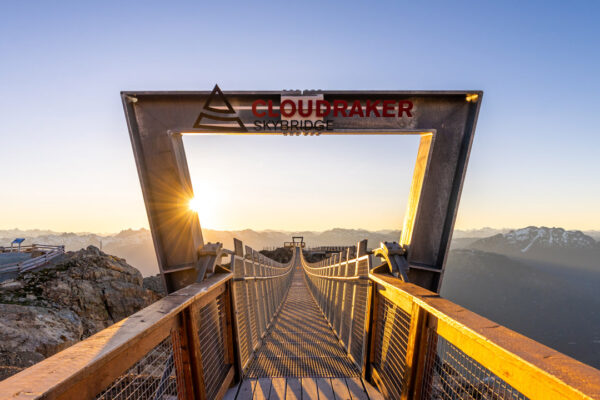
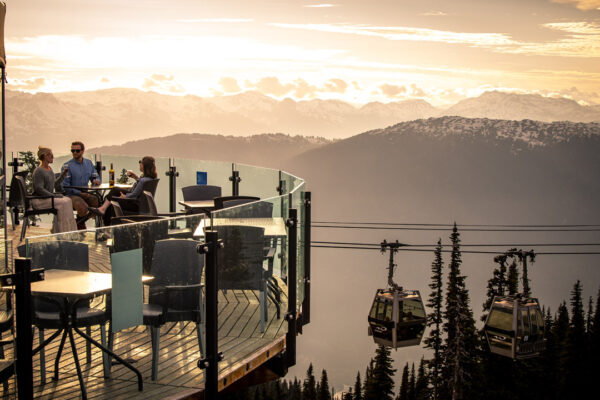
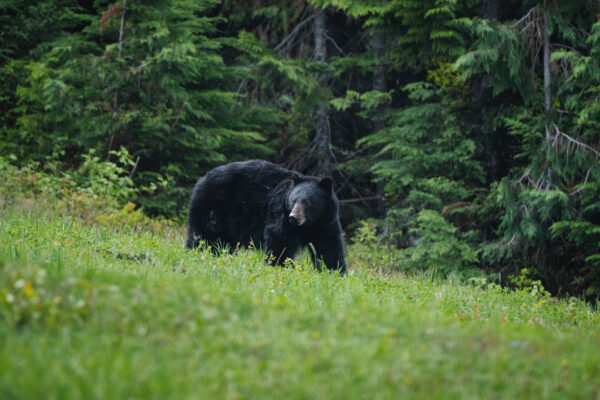
After you have had your fill, head on to the Peak 2 Peak gondola. A 4.4-kilometre span from start to finish, the huge distance gives riders time to admire the land while suspended between two mountaintops (for those with the patience, there is also the option to wait in line for one of the two glass-bottomed cars). Travelling between the two mountains, the view to the village side is of the valley spread out before you, while the opposite window offers a more sparse, spectacular view up to the Blackcomb Glacier. For those used to traversing the distance in winter, the experience can be a little jarring, as the ski runs so familiar in their white winter coats have become large expanses of grey rocks.
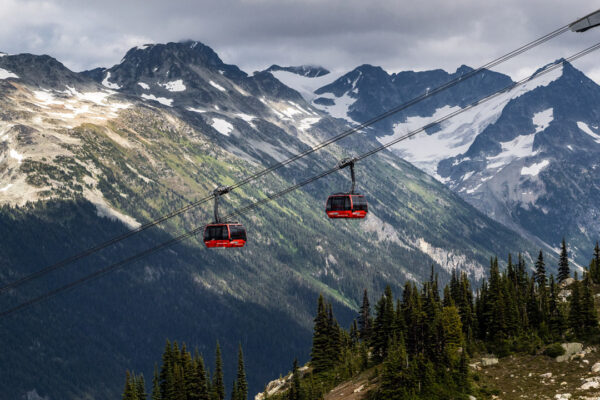
Once safely over to the Whistler side of the mountain, a short trail parallel to a bike run leads to the base of the Peak Express, the direct line to the top of Whistler Mountain. The top is cold even in midsummer, but the views to Black Tusk, the Tantalus Range, and the surrounding Coast Mountains are second to none. The main attraction at the top is the Cloudraker Skybridge, a gravity-defying span across the top of the Whistler Bowl. It is an exposing experience, especially if, as happened to me, a group freezes with fear in the middle and the wind starts to whip a little. The bridge’s terminus is the Raven’s Eye lookout, another ideal spot to soak in the surrounding scenery. Spending time at the top of Peak Chair is a reminder that when you jump off a chair in winter and speed toward the start of a run, there is plenty going on around you to warrant a slower approach.
To get down, the easiest option is to jump back on the chairlift. Descending feels counterintuitive but opens up a whole new vista. The other popular route is the High Note Trail. The 9.4-kilometre trail is considered by many to be the most scenic on the mountain and, after around four hours, ends at the top of the Whistler Gondola. The trail is mostly downhill, but it is more than enough to need a big meal and a drink afterwards.
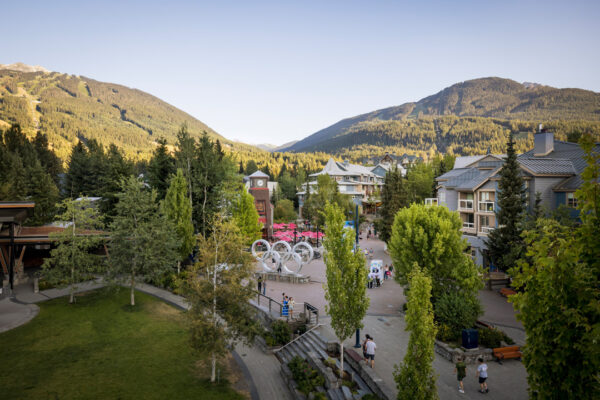
Eat, Drink and Sleep
Once you descend from the mountain, you are lucky enough to be in a village that punches well above its weight in the culinary department. Firm favourites in the village include Alta Bistro, offering seasonal fare inspired by the French alpine. Quattro, just around the corner, is the place to go for your fix of high-quality Italian food, perfectly carb heavy after a long day’s hiking. More casual, but with a clear focus on quality, is Sushi Village in the heart of Whistler. Open since 1985, it feels like somewhere that always has people waiting at the host’s station, as surefire a sign of a good restaurant as its longevity.
For many, the temptation after a long day will be to head straight back to their lodgings. The Westin Resort and Spa Whistler, tucked just around the corner from the Whistler Village gondola, has the benefit of being ideally located for hikers as well as for golfers wishing to make use of Whistler Golf Club, directly across the road. Après hiking has not quite caught on yet, but The Mallard Lounge in the Fairmont Chateau Whistler is an ideal postwalk nook to settle into with a drink—even better if you’re staying at the hotel, with its easy access to the gondola.

